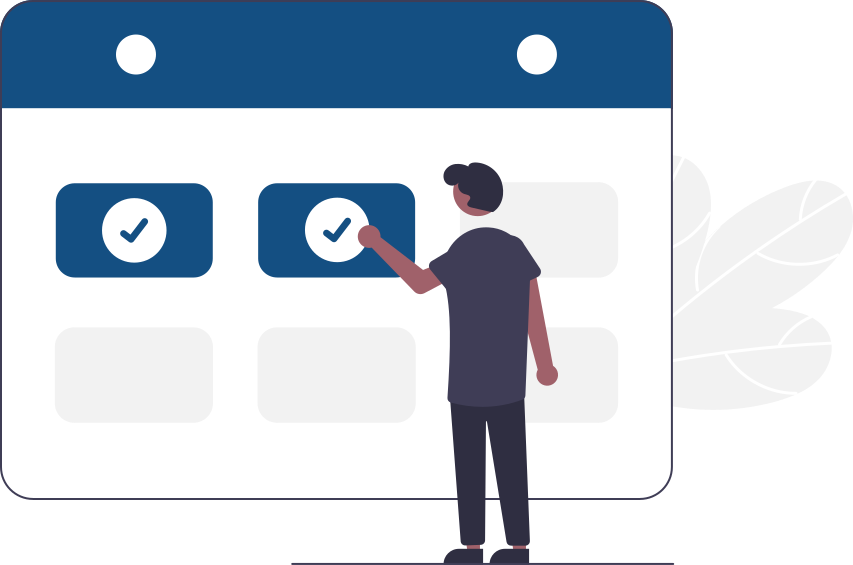Efficient data management is essential for the success of any company. Since leveraging customer data helps companies develop more personalized products and services and better target their marketing efforts, a comprehensive data strategy is a must.
While we all agree on this point, many of us might be surprised that, according to studies, organizations use less than half of their structured data when making decisions. Therefore, the skills for building company data strategies are currently in high demand.
Read on to find out more about what a data strategy is, what types of data exist, and how our BOSS program can help you learn how to leverage data for success.
What Is Data Strategy?
During their daily operations, companies collect and store tons of customer data that can be broken down into various categories, including gender, demographics, and personal preferences. This data can be incredibly beneficial for identifying trends, understanding customer behaviour, and customizing products and services to fit customer preferences better.
A sales and marketing data strategy is a long-term plan that defines how an organization’s information assets will be managed and what resources will be required.
Advantages of Using a Data Strategy
Data strategy can help companies gain a competitive edge by increasing their revenue through more effective marketing. It is also essential for staying compliant with constantly changing data protection regulations.
Operational Efficiency
When employees have a clear understanding of what they need to do with acquired data, it saves business owners time and money.
Process Optimization
Data analysis eliminates the need for a “trial and error” approach when it comes to marketing and ensures a return on investment.
Increased Revenue
Targeted marketing campaigns can enhance companies’ revenue.
Improved Customer Satisfaction
A better understanding of the target audience helps companies tailor their products and services to a particular niche, which leads to customer loyalty.
Three Types of Data and Their Importance
Data can be categorized into three types based on ownership.
First-Party Data
This data comes directly from customers. Companies can use a variety of tools, such as website and email interactions, social media forms, and Google Analytics, to gather this data. Companies usually own this data, and it is invaluable for effective marketing.
Second-Party Data
This type of data is not collected by a company; rather, it is obtained by indirect means from a trusted partner, such as by tracking customer behaviour on social media or by purchasing data from the original owner. This data might be more affordable than first-party data, which is also helpful in creating ads and uncovering trends.
Third-Party Data
The scope of this data is usually much wider than that of first-party and second-party data. It usually comes from researchers investigating broader trends rather than focusing on a particular customer niche.
While we have only just covered the basics of data strategy, there’s a lot more to learn, and our Business, Operations, Sales, and Strategy Program is the perfect post-graduate diploma program designed to cultivate the leader within you. Our unique program adopts a holistic approach, equipping you with the comprehensive frameworks you need to enhance efficiency, minimize risks, forge international connections, and unleash your full potential as a leader in any industry. At Computek College, we want to set you up for success in business management. Contact us today for more information!





